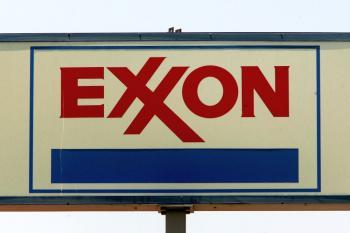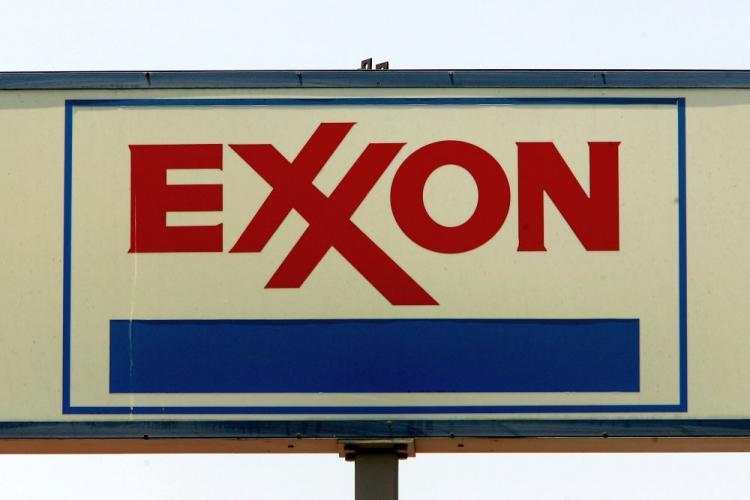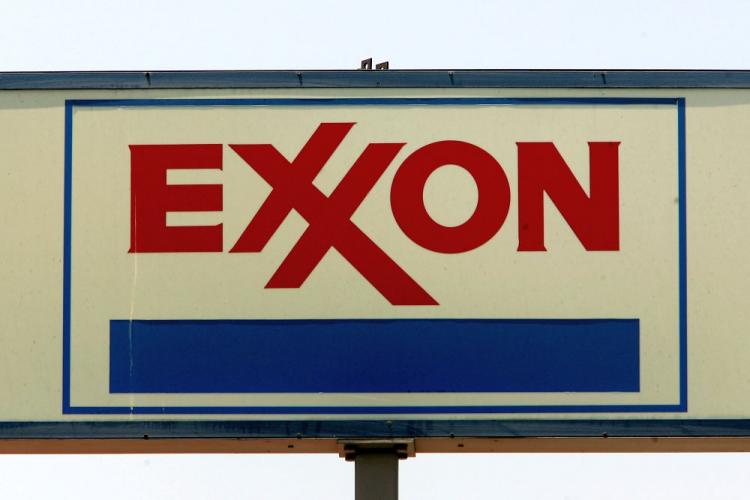The company announced recently that it bought XTO Energy Inc., a U.S. oil and natural gas company that acquires, explores, and develops oil and natural gas fields mainly in Texas, New Mexico, North Dakota, and Pennsylvania.
“The agreement is good news for the United States economy and energy security, as it will enhance opportunities for job creation and investment in the production of America’s own clean-burning natural gas resources,” announced Rex W. Tillerson, chairman and chief executive officer at Exxon, in a recent statement.
The deal will cost Exxon roughly $30 billion in stock.
Betting on Gas
“Fossil fuels—oil, natural gas and coal—will continue to meet most of the world’s needs during this period because no other energy source can match their availability, versatility, affordability and scale,” according to Exxon’s new report “New Outlook for Energy: A View to 2030.”
“The fastest-growing of these fuels [fossil fuels] will be natural gas, reflecting its abundance, versatility and economic advantages as an efficient, clean-burning fuel for power generation,” the report said.
Exxon is traditionally ultraconservative and applies caution to deal making. Therefore, the XTO purchase should be considered a smart move, which would not have gone forward without extensive market analysis and prudent future predictions, reducing any risk that such a purchase represents to a minimum.
The purchase of XTO “provides an excellent opportunity for Exxon Mobil to add outstanding resources at a fair price,” said David Rosenthal, vice president at Exxon, during a recent conference call published on its Web site.
Although the latest “Annual Energy Outlook 2010” from the Energy Information Administration (EIA) has not been released, a press release suggests that U.S. natural gas production and gas needs will grow substantially by 2035.
Natural gas will begin to replace coal, which is responsible for close to 50 percent of America’s electric power, as solar and wind power won’t be ready to fill U.S. consumption needs for quite some time and not until cost-competitiveness is achieved, according to discussion by energy sector analysts.
“Current natural gas prices now present increased potential for displacing coal-fired electricity generation with natural-gas-fired generation … natural gas prices do not need to fall as low as coal prices before substitution of natural gas becomes attractive,” according to a 2009 EIA Short-Term Energy Outlook Supplement.
When demand rises, supply of natural gas might become a scarce resource over time, driving prices to more sustainable levels. Consequently, market forces most likely will push natural gas prices up, making Exxon’s acquisition of XTO a smart strategic move.
Financial Fortunes
Despite the global economic downturn, Exxon experienced a healthy profit of $45 billion during 2008, an increase of more than 11 percent over 2007.
Shareholders’ net worth was $113 billion in 2008, cash from operating activities was $60 billion, and the company had $32 billion in cash on hand, suggesting satisfactory liquidity.
During 2008, shareholders received $40 billion in dividends and reduction of outstanding shares, increasing their relative ownership in the firm, a $4 billion increase over 2007. Since 2004, Exxon’s shareholders received $146 billion, which included a 58 percent jump in the yearly dividends.
“Our business approach—effective long-term risk management, disciplined capital investment, enduring business controls, and an unwavering commitment to safe and reliable operations—sets us apart from industry competition and allows us to continue to grow long-term shareholder value,” stated Exxon’s executives in the 2008 annual report.
Analysts hold a wide range of opinions about Exxon’s stock—ranging from sell to neutral and outperform. Oppenheimer & Co. believes that the stock “Outperforms,” while Benchmark suggests to “Sell.” Citigroup Inc. and Deutsche Bank Securities Inc. recommend a “Buy” rating.
On a more sober note, profits declined by 63 percent during the third quarter of 2009 when compared to the same period in 2008, according to projected third quarter results. The company claimed that declining profits were due to higher operation costs and lower crude oil and natural gas sales.
Demand Drives Price
Natural gas prices rose over the past weeks, given colder-than-normal temperatures, and an increase in the demand throughout the Eastern U.S. region.
Spot prices per MMBTU in New York rose from $7.79/MMBTU to $9.08/MMBTU, a close to 17 percent increase between Dec. 10 and Dec. 16, according to the EIA, which reports changes to the spot prices biweekly. (1 British thermal unit is the energy required to heat one pound of water by one degree Fahrenheit; MMBTU equates to 1 million BTUs.)
Chicago’s spot price was $3.57/MMBTU on Dec. 10 and rose to $5.75/MMBTU by Dec. 16. The Henry Hub spot price rose from $5.02/MMBTU on Dec. 10 to $5.57/MMBTU by Dec. 16.
The Henry Hub is a natural gas pipeline in Erath, La., which is owned by Sabine Pipe Line LLC. It delivers natural gas to the major U.S. gas markets and benchmarks natural gas futures for the New York Mercantile Exchange.
The EIA announced in its latest market information release that “price changes at specific market locations depended largely on local weather conditions. Although the severe cold subsided in the West and portions of the Midwest this report week, temperatures dropped below normal in the Northeast. The result was general price decreases in the West and significant price increases in the East.”







Friends Read Free